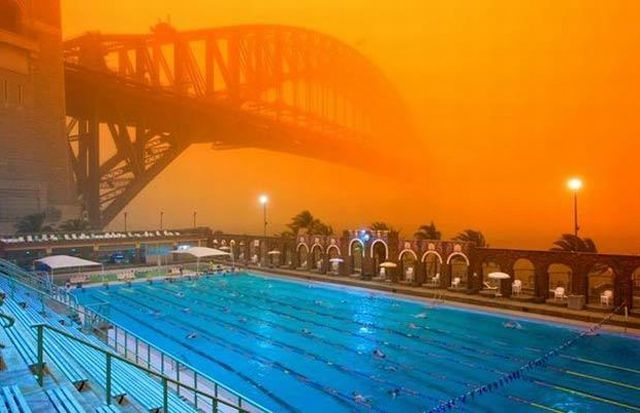neufer wrote:Ann wrote:
The brown tint of the pervasive dust comes partly from photoluminescence -- dust converting ultraviolet radiation to red light.
You mean the dust glows murkily reddish because of something similar to the process of
ultraviolet light from hot stars ionizing nearby hydrogen, making it glow red? So that the reddish-brown dust clouds are their own sort of little "emission nebulas"?
http://www.starrywonders.com/irisst8300.html wrote:
Iris Nebula (LBN 487 / VDB 139) with associated open cluster NGC 7023
by Steve Cannistra
<<Although not officially designated as an emission nebula, closer examination ... will reveal a linear ridge on either side of SAO 19158 that represents HII emission. The peripheral regions are comprised of reddish dust that obscures light from background stars.
In the center of the nebula, there are several ruddy-colored wisps and filaments of dust that emit broad band red light, instead of reflecting the more typical blue light of a reflection nebula.
These red regions represent extended red emission (ERE), which is a type of phospholuminescence associated with dust particles that are bombared by high energy UV radiation from SAO 19158.>>
More at:
http://www.starrywonders.com/irisst8300.html
Thanks, Art. I'm well aware of those reddish filaments of the center of the nebula. They show up very well in
this fine picture of NGC 7023 by Adam Block. But I wasn't referring to those faint filaments of emission nebulosity near the star itself, SAO 19158 (which I prefer to call HD 200775). I meant those dark reddish-brown nebulas far away from the blue reflection nebula. There are several of them in the upper right part of today's APOD, and some can be found below the Iris nebula, at about 8 and 9 o'clock. They are indeed murkily reddish in color. Does their color have anything to do with photoluminescence due to ultraviolet light? It would be the first thing I have heard about such a phenomenon.
zbvhs wrote:
Is SAO19158 behind the dust? It doesn't seem to be carving out a cavity.
SAO 19158 (HD 200775) is indeed carving out a cavity in the gas and dust surrounding it. Check out
Adam Block's image again.
Generally speaking, stars that create blue reflection nebulas can't be too deeply "submerged" in dust. If a reflection nebula is blue, it means that dust particles are scattering blue light our way. But dust also scatters blue light away. If there are too many dust particles between us and the star, there will either be no reflection nebula at all, or else there will be a reddened, non-blue reflection nebula.
This picture of the Trifid Nebula shows that there is a lot of dark dust at the dividing line between the blue reflection nebula and the red emission nebula, and here much of the blue light of the reflection nebula is scattered away. Parts of the blue reflection nebula are therefore greenish-blue or brownish-blue.
Ann
 The Iris Nebula in a Field of Dust
The Iris Nebula in a Field of Dust


